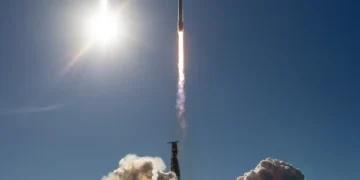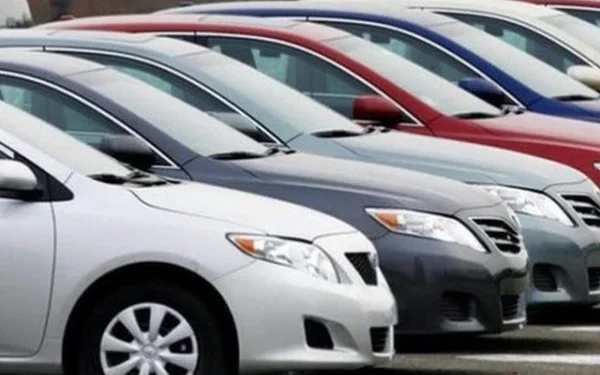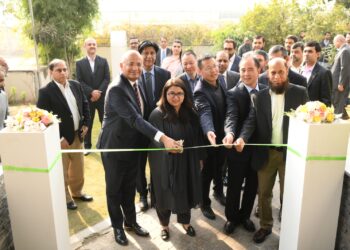Islamabad: The government of Pakistan has agreed to a major demand from the International Monetary Fund (IMF) to significantly reduce import duties as part of broader trade liberalization efforts. This move aims to open the economy further to foreign competition, with the average import tariff set to be reduced by one-third to just 7.1% over the next five years.
Key Sectors Impacted: Minerals and Auto Industry
According to sources, the mineral and automobile sectors will be at the forefront of this economic liberalization initiative. While the auto industry currently enjoys significant protection through high tariffs, the government has committed to reducing unnecessary barriers in this sector. Additionally, Balochistan, a province rich in mineral resources but historically affected by insurgency, is expected to benefit from relaxed trade regulations.
With this new agreement, Pakistan has moved closer to finalizing a staff-level agreement with the IMF, a necessary step before the release of the next $1 billion tranche from the international lender. However, the reduction in tariffs is expected to result in a revenue loss of approximately Rs278 billion, which the government aims to offset through increased trade activity and economic growth.
Planned Tariff Reductions and Policy Revisions
Under the agreement, the government has committed to the following key changes:
- Complete abolition of additional customs duties.
- Reduction of regulatory duties by 75%.
- Elimination of concessions granted under the Fifth Schedule of the Customs Act.
- Gradual reduction of the average tariff rate from 10.6% to 7.1% over a five-year period, starting from July 2025.
These measures are intended to promote competition in the domestic market, reduce the cost of imported goods, and make essential products such as automobiles more affordable for consumers.
Comparing Tariff Rates: Pakistan vs. Regional Economies
Currently, Pakistan’s average tariff rate stands at 10.6%, which is higher than many neighboring countries. In South Asia, the average tariff is 5.3%, while across the broader Asian region, it is 7.5%. The planned tariff reductions aim to align Pakistan with global trade norms and enhance its competitiveness.
However, experts caution that many Pakistani industries that have thrived under tariff protection may struggle to compete in an open market. This transition will require businesses to improve efficiency, upgrade technology, and adapt to increased competition.
Implementation Timeline and Policy Framework
The execution of these reforms will be guided by a new National Tariff Policy, which is expected to be formulated by July 2025. Additionally, a revised Auto Industry Development and Export Policy will be implemented by July 2026 to facilitate long-term structural changes in the automotive sector.
The government has assured the IMF that the new tariff policy will receive federal cabinet approval by the end of June 2025. The proposed tariff reductions will be incorporated into the federal budget for the fiscal year 2025-26, which will be presented to the Parliament in June.
Future of Regulatory Duties and Import Restrictions
To ensure consistency in trade policies, Pakistan has committed to limiting the introduction of new regulatory duties. Any new duties imposed in the future will be applied only in extreme circumstances and for a fixed duration. Additionally, the government plans to merge additional customs duties into standard customs or regulatory duties for a simplified taxation structure.
Impact on Automobile Prices: Will Vehicles Become More Affordable?
One of the major beneficiaries of this policy shift will be the auto industry. Currently, the automobile sector in Pakistan is heavily protected by high import duties and regulatory barriers, which increase vehicle prices. By 2030, the government aims to:
- Reduce excessive protection for the local auto industry.
- Lower the average tariff for the sector to 5.6%.
- Make vehicles more affordable for consumers through reduced import costs.
Industry experts predict that these changes will lead to increased competition, potentially attracting foreign car manufacturers and encouraging local automakers to improve quality and reduce prices.
IMF’s Long-Term Expectations and Trade Expansion Goals
The IMF has also sought assurances that Pakistan will maintain its commitment to trade liberalization beyond the 2027 expiration of the current IMF program. To ensure continuity, the government has pledged to adhere to the tariff reduction plan for at least five years post-program.
Moreover, non-tariff barriers in the mineral sector will also be lifted. Officials believe that excessive reliance on regulatory duties has been driven by concerns over free trade agreements, particularly with China. By reducing duties, the government expects to:
- Increase trade activity and attract foreign investment.
- Boost imports and exports, leading to a more balanced trade environment.
- Strengthen industrial competitiveness in both local and international markets.
Projected Economic Benefits of Trade Liberalization
The government anticipates significant economic gains from these measures. According to estimates by the Ministry of Commerce:
- The reduction in duties and increased trade activities could generate an additional Rs1.4 trillion in local taxes.
- The policy shift could boost Pakistan’s exports to $47 billion by 2030.
- The overall economic growth rate could rise to 4.6%, driven by increased trade and investment.
Conclusion: Balancing Economic Growth with Industry Adaptation
While the decision to reduce import duties marks a significant step toward economic liberalization, its success will depend on how effectively local industries adapt to increased competition. The government must support businesses through capacity-building initiatives, technological upgrades, and access to financing to ensure they remain competitive in a more open market.
For consumers, the policy shift offers the prospect of more affordable imported goods, including vehicles. However, the transition period may present challenges, particularly for industries accustomed to tariff protections. Effective policy implementation and monitoring will be crucial in ensuring that trade liberalization benefits the economy as a whole without causing undue harm to domestic manufacturers.
With Pakistan taking this bold step towards a more open economy, the coming years will determine whether these reforms lead to sustainable economic growth and greater integration into the global trade system.

























